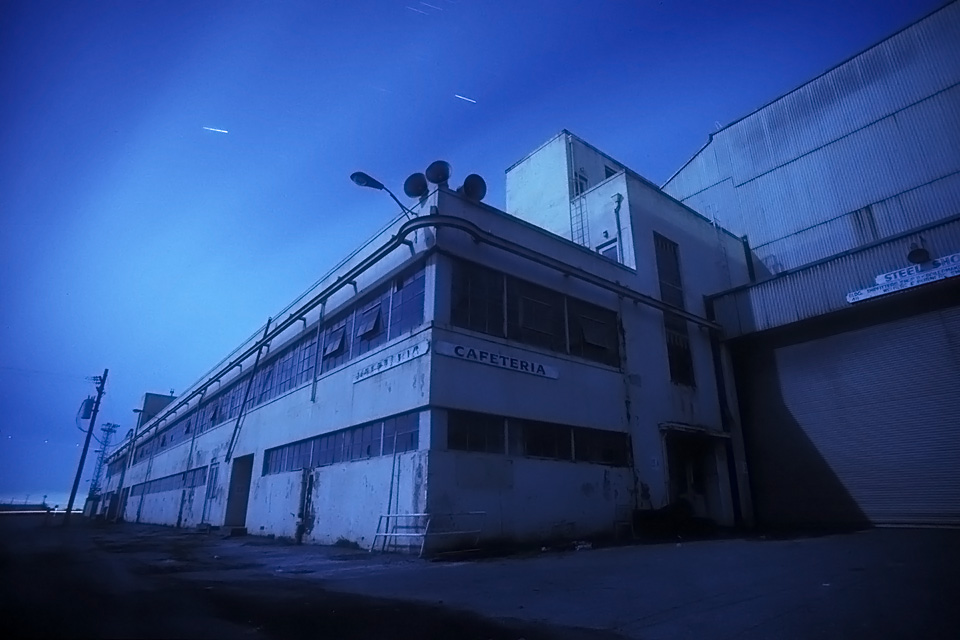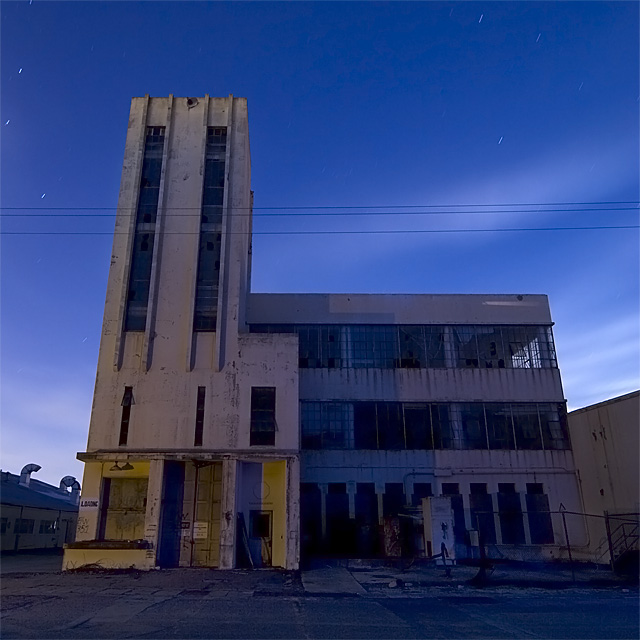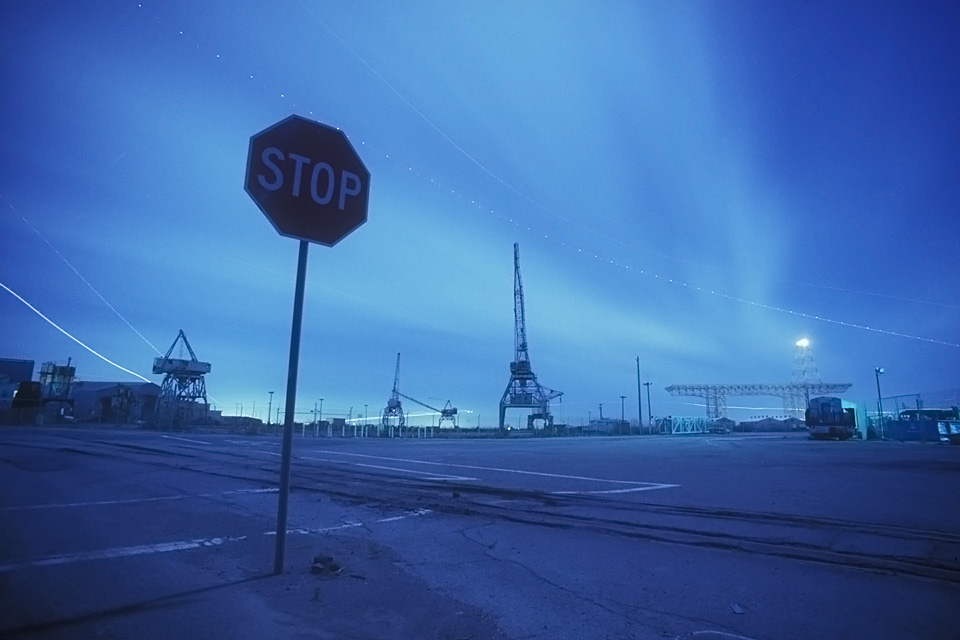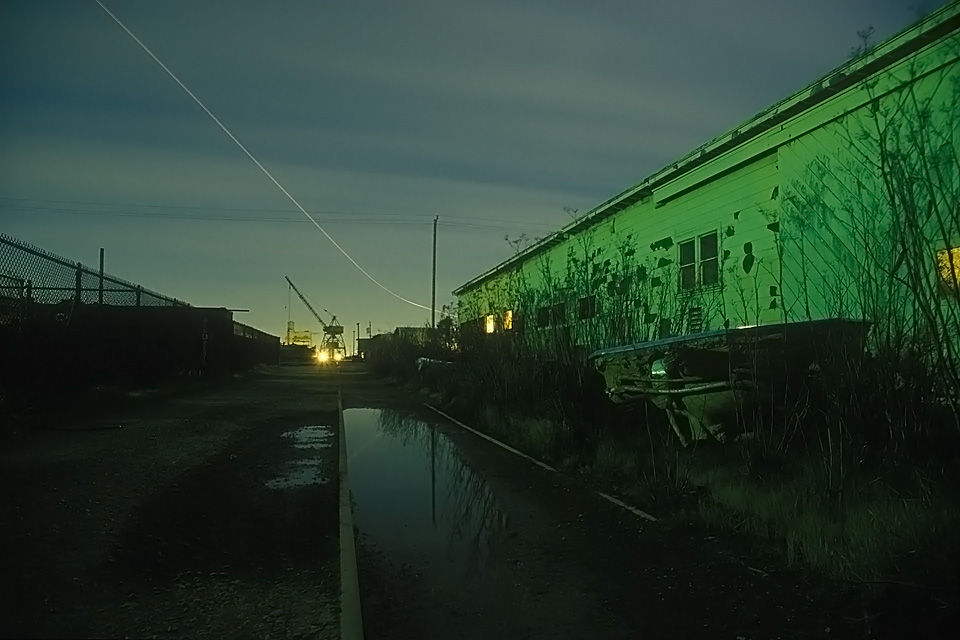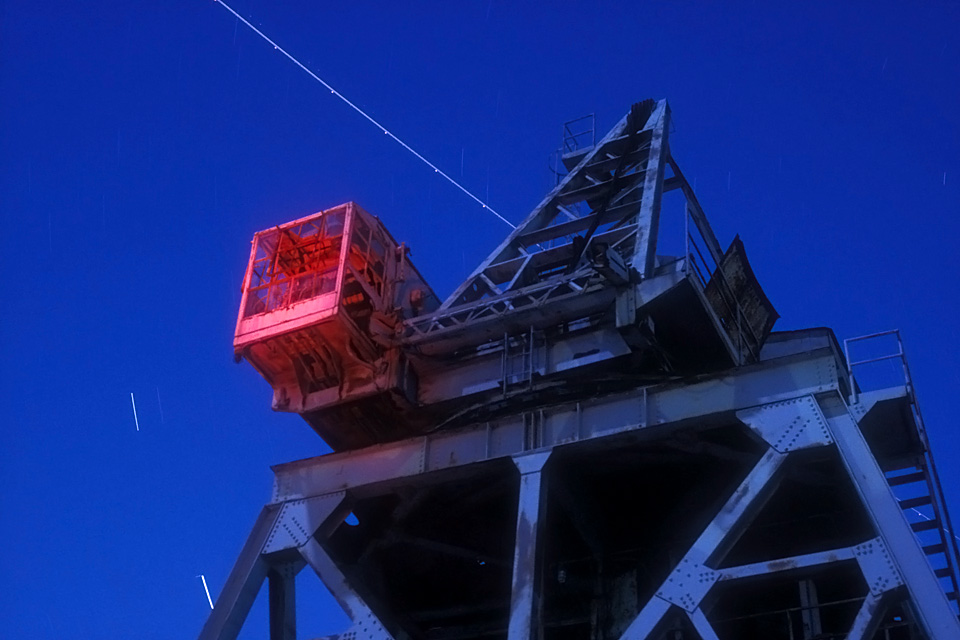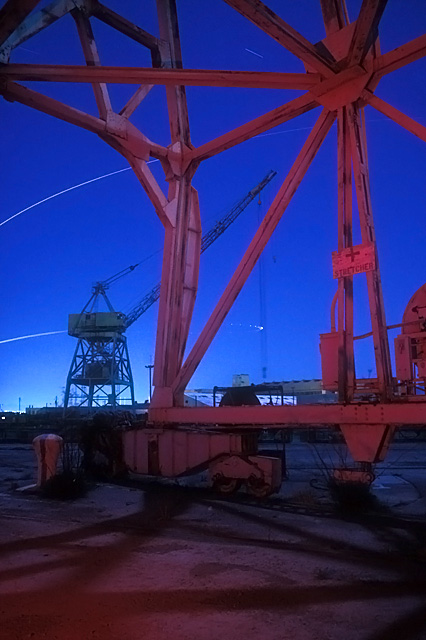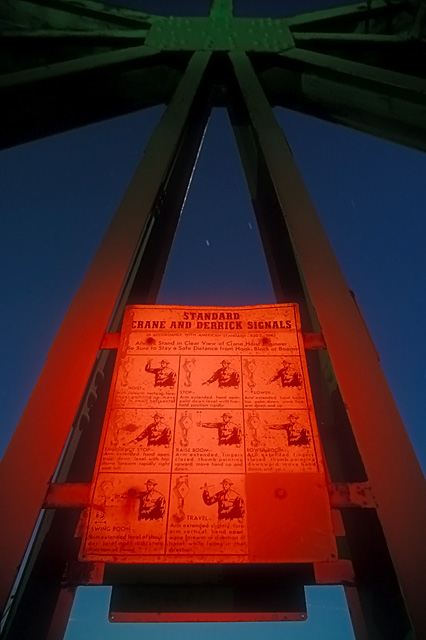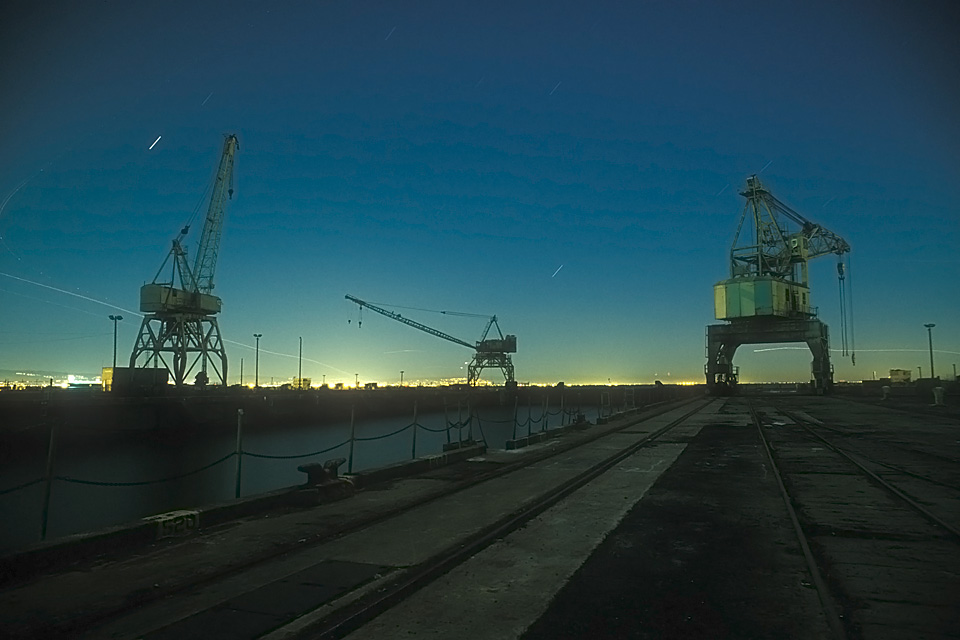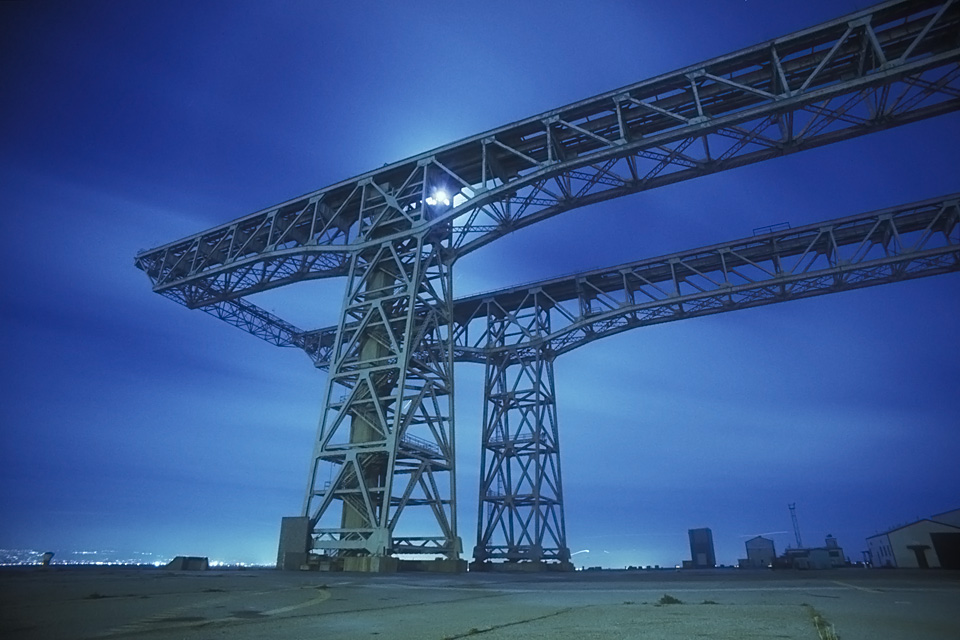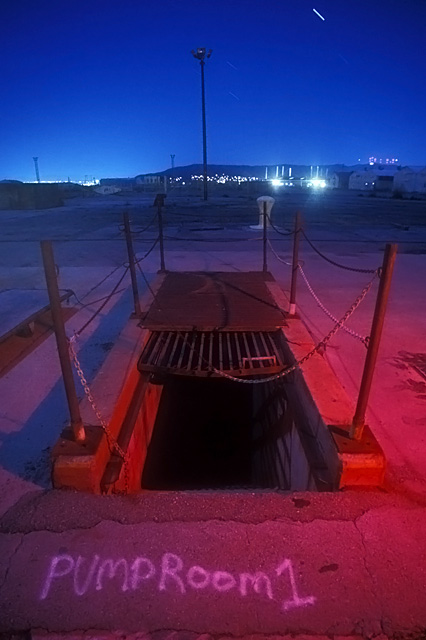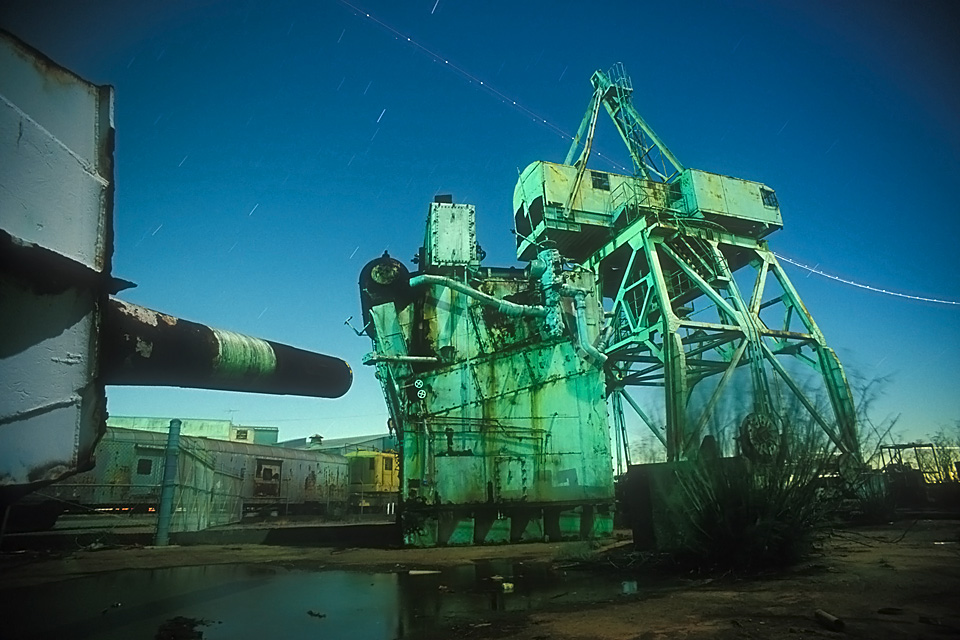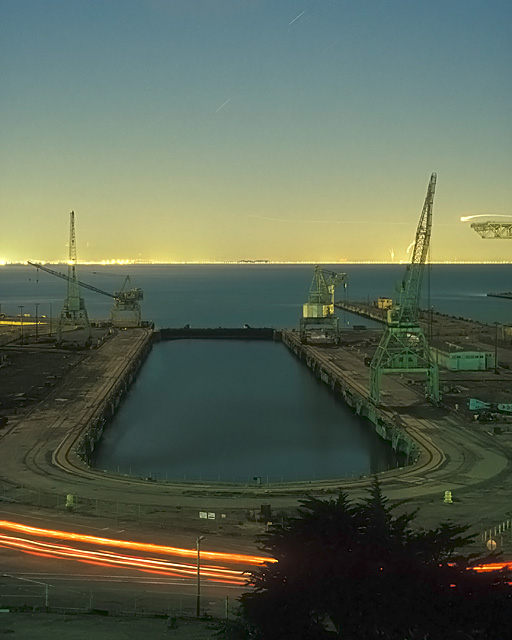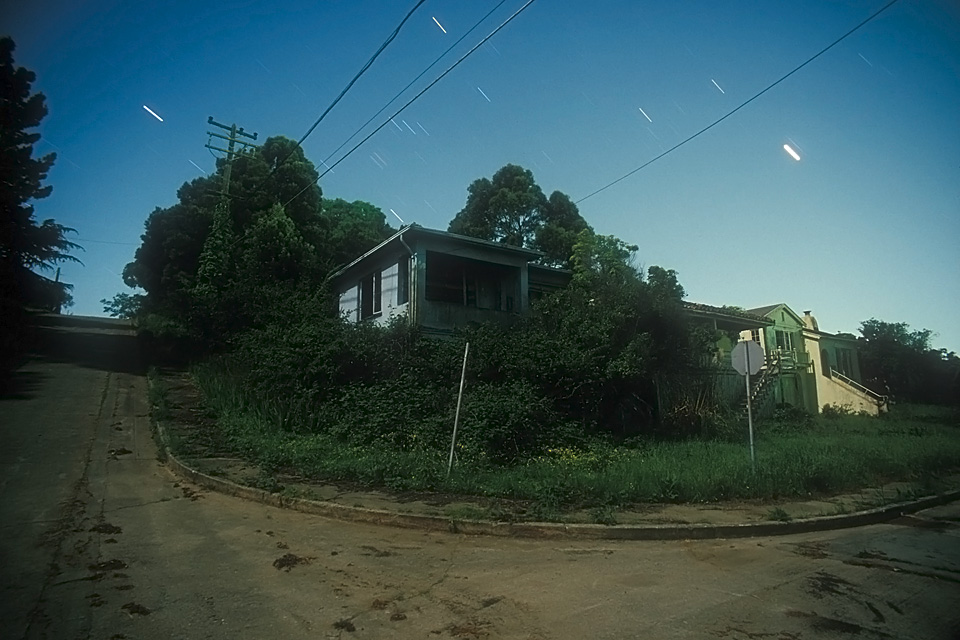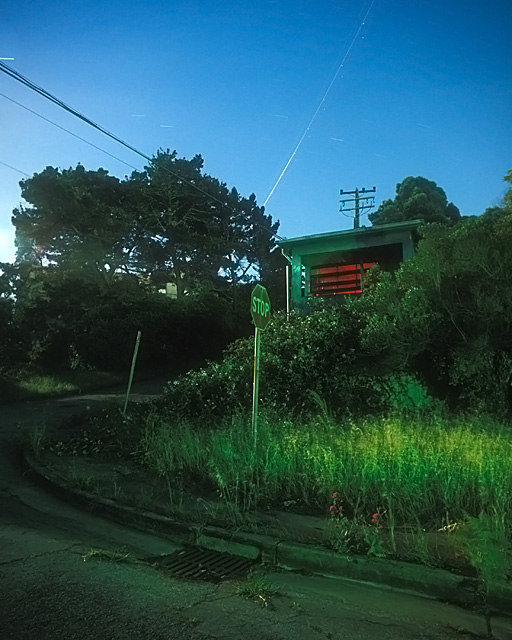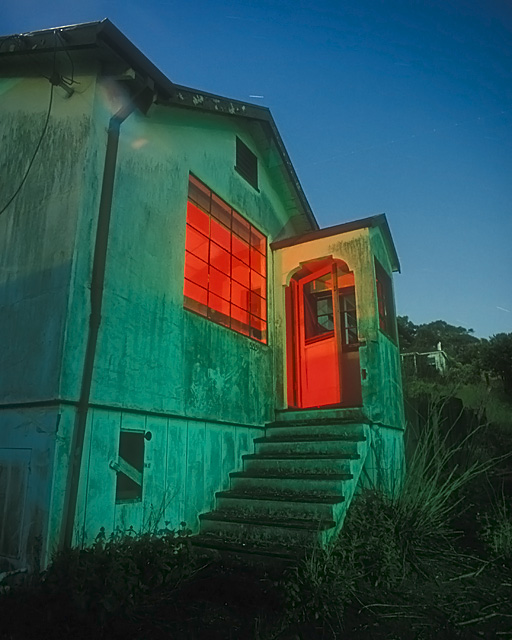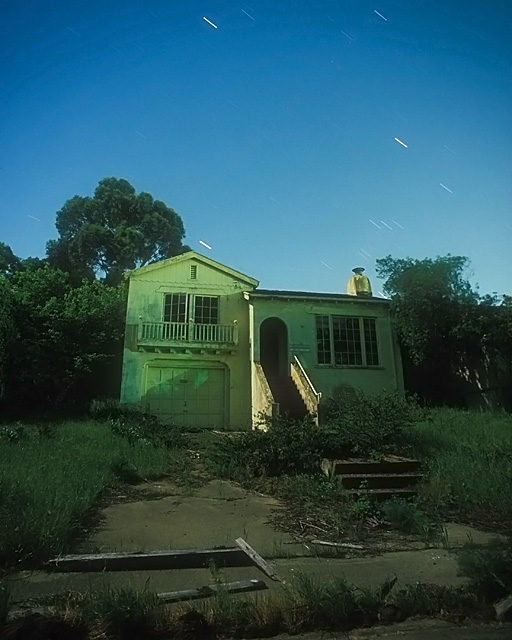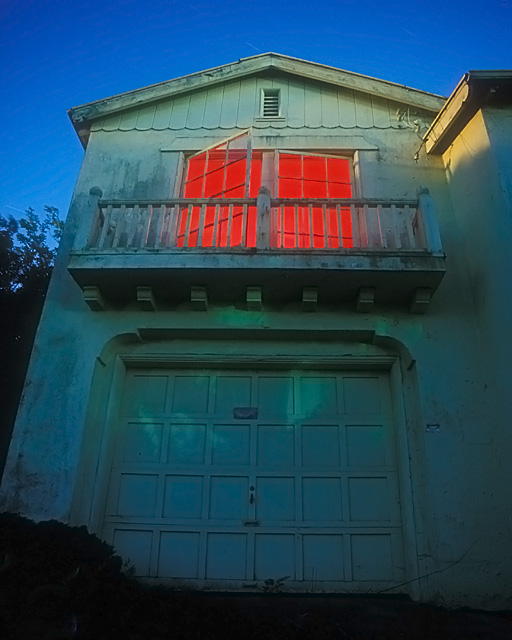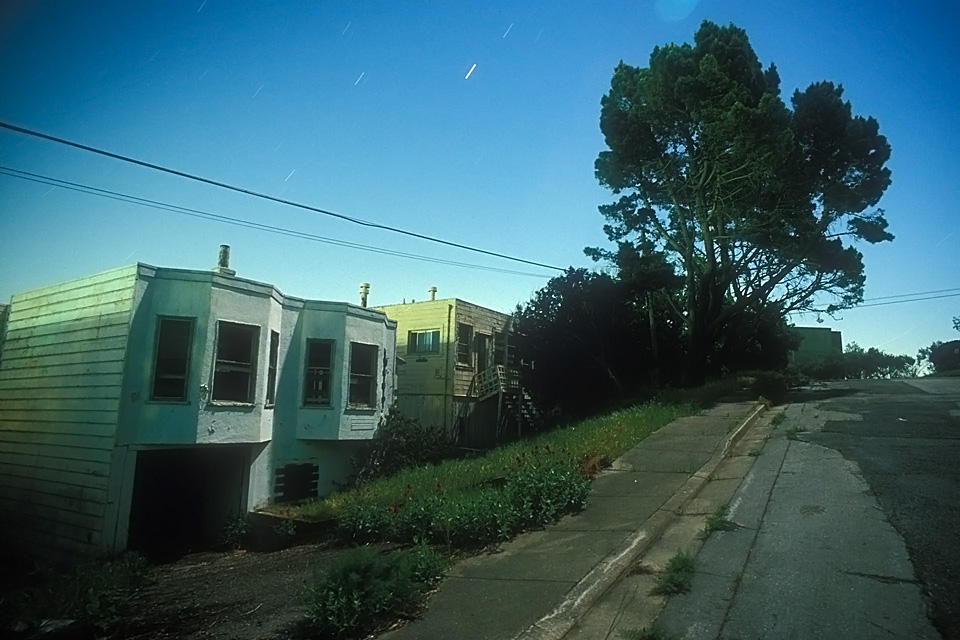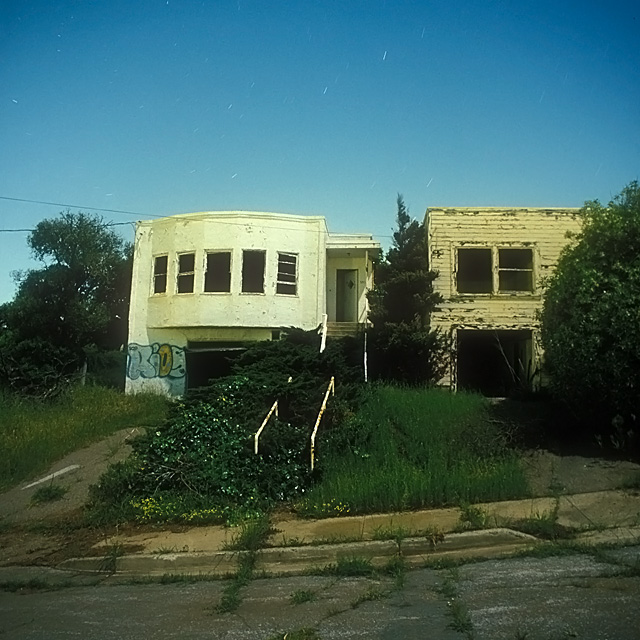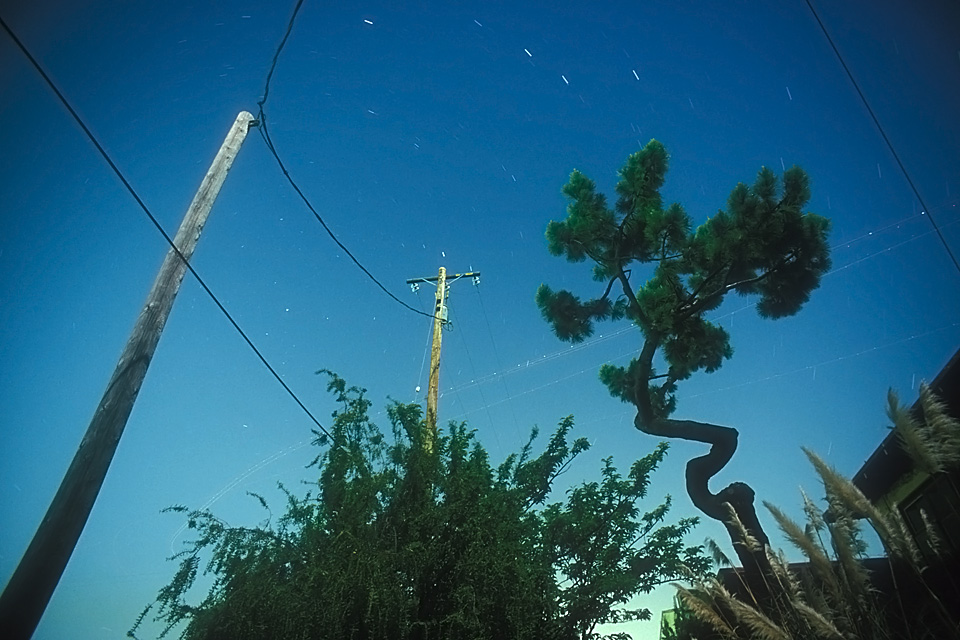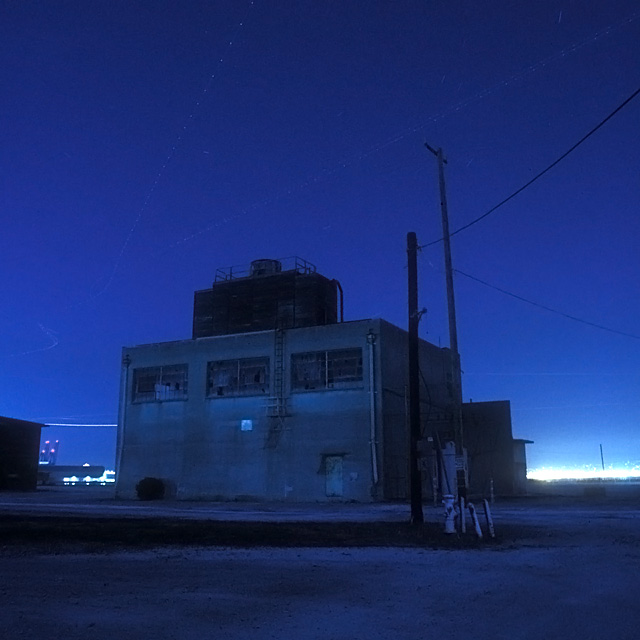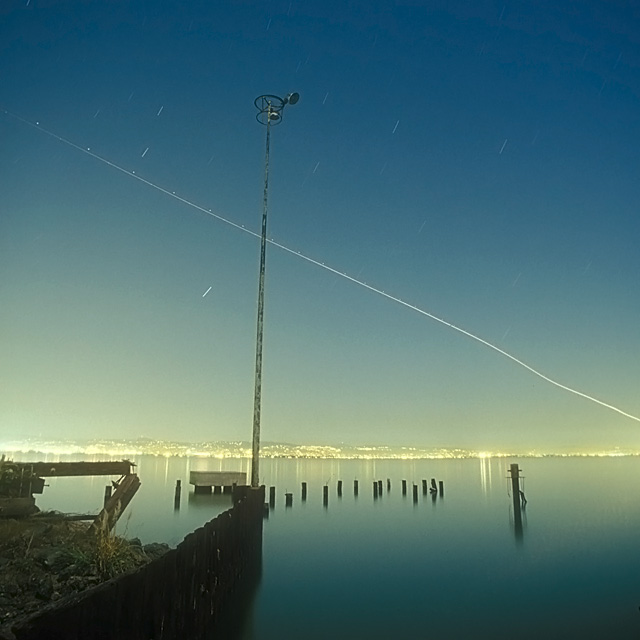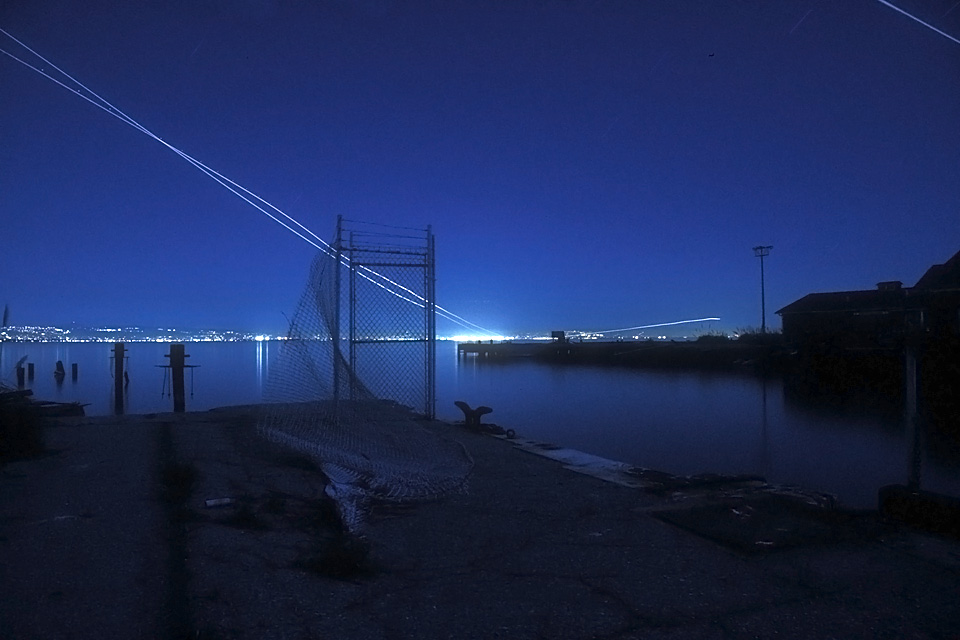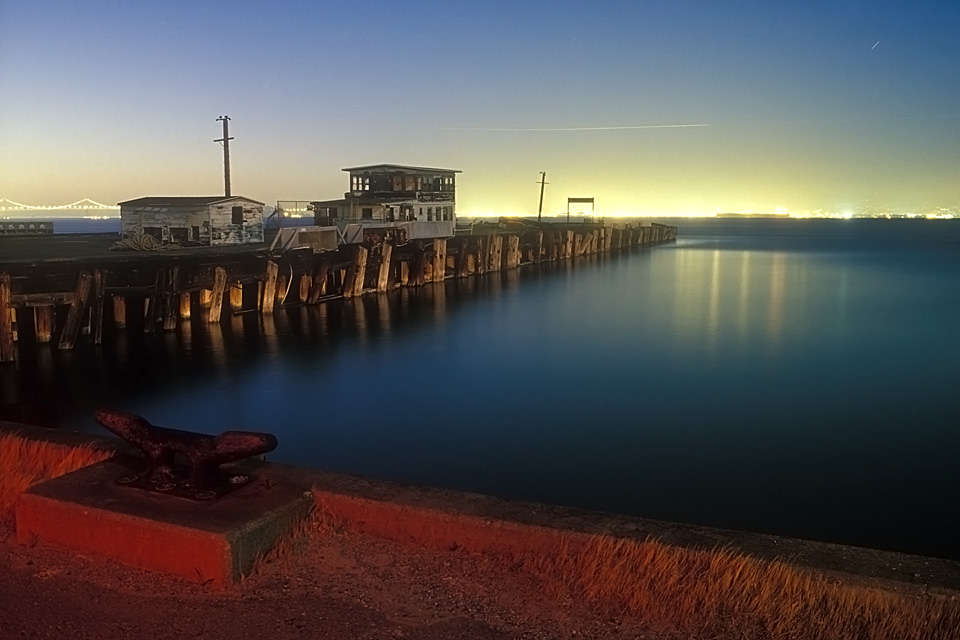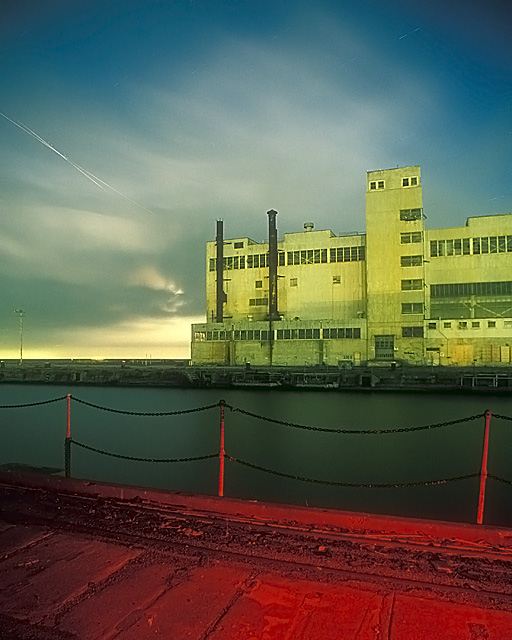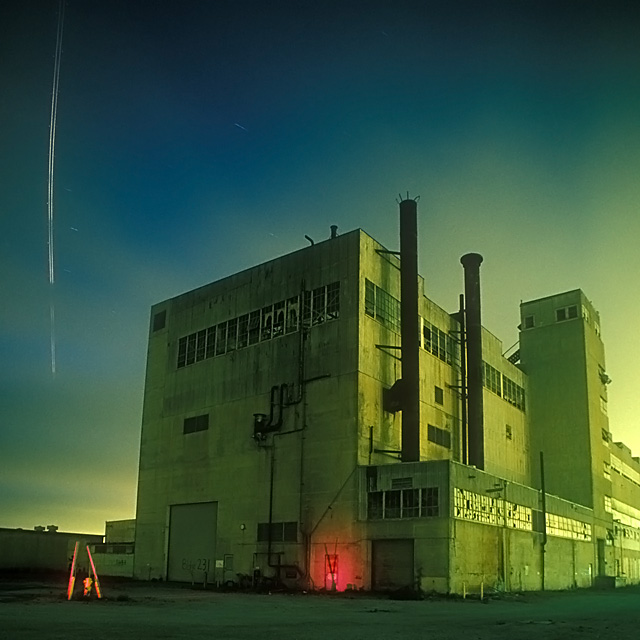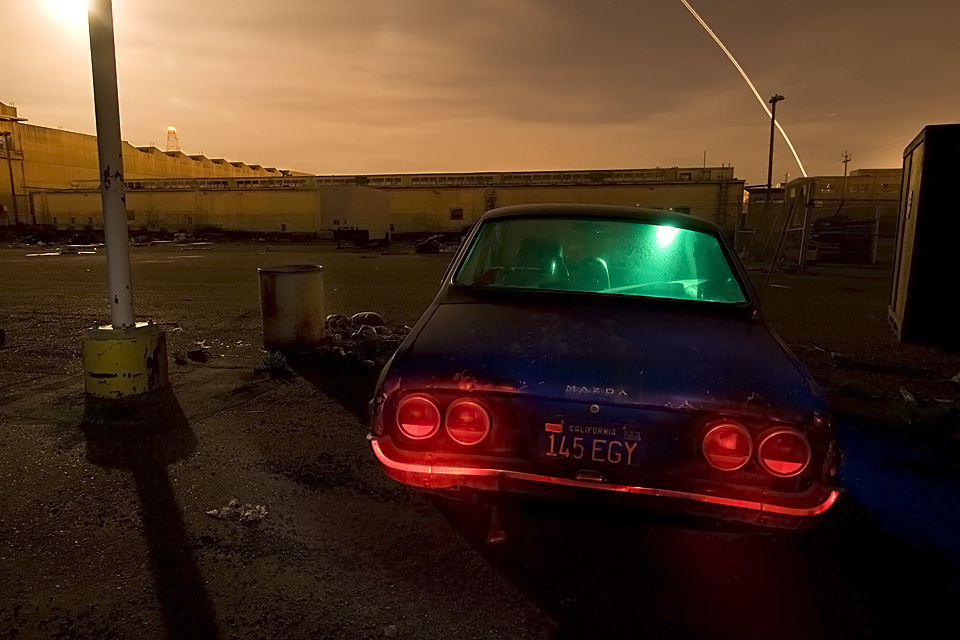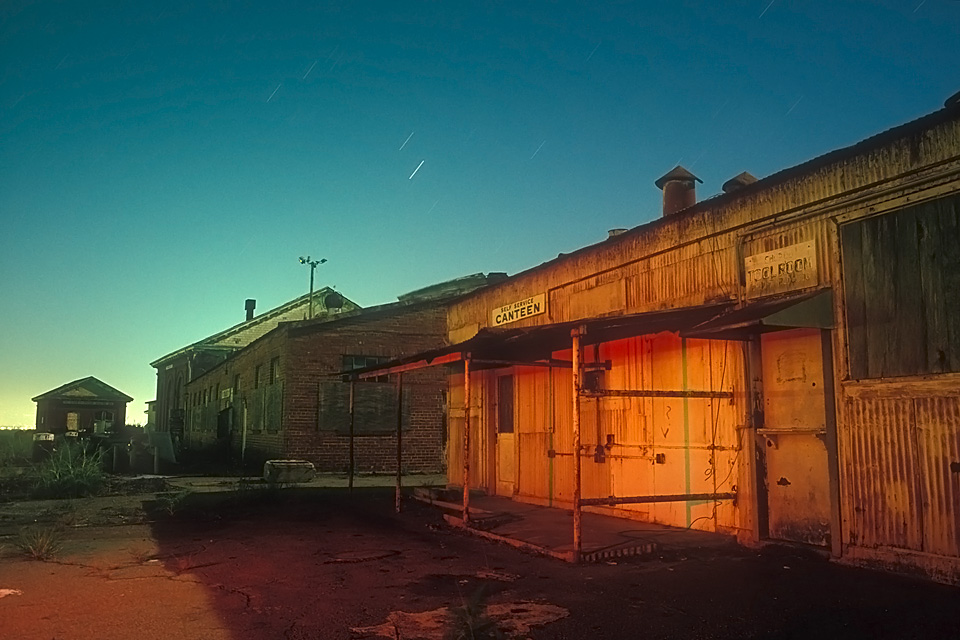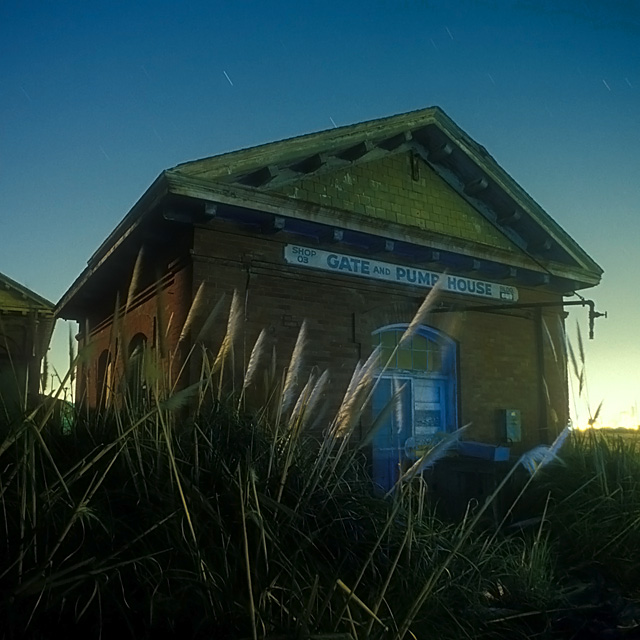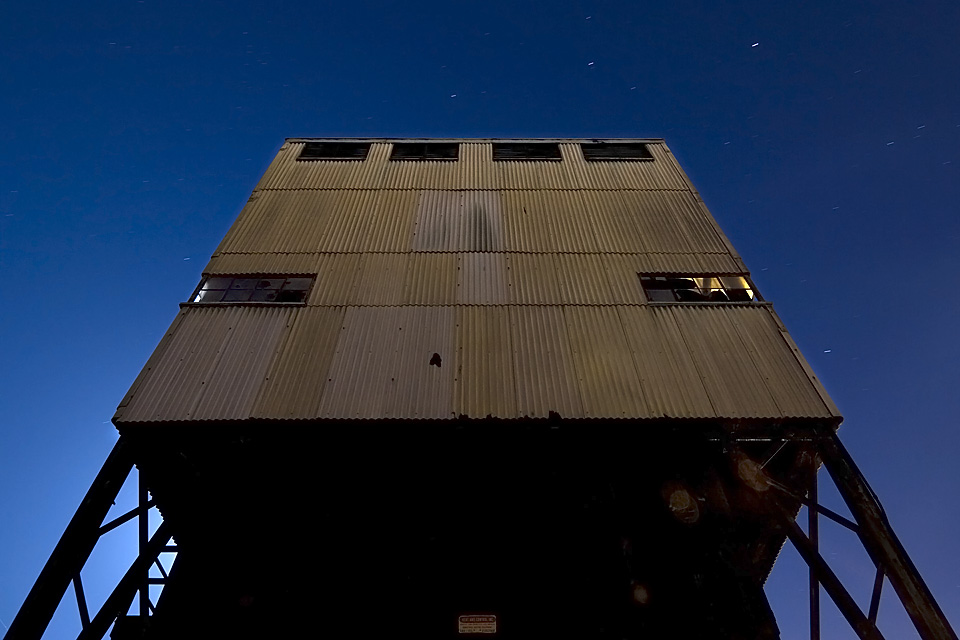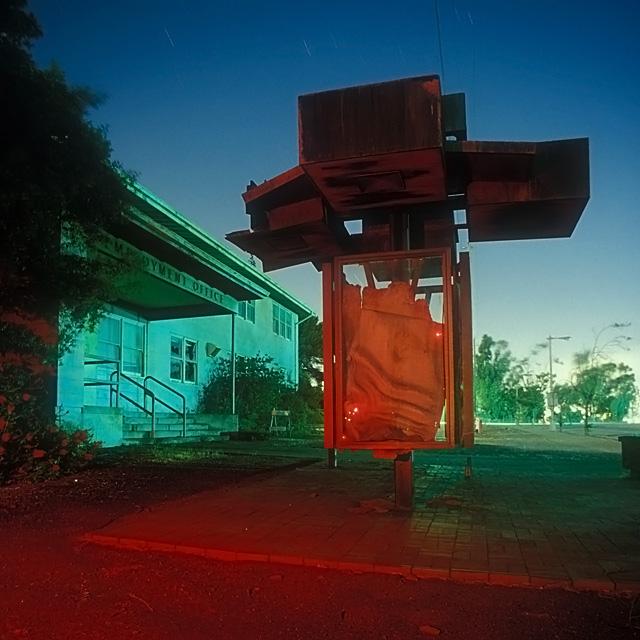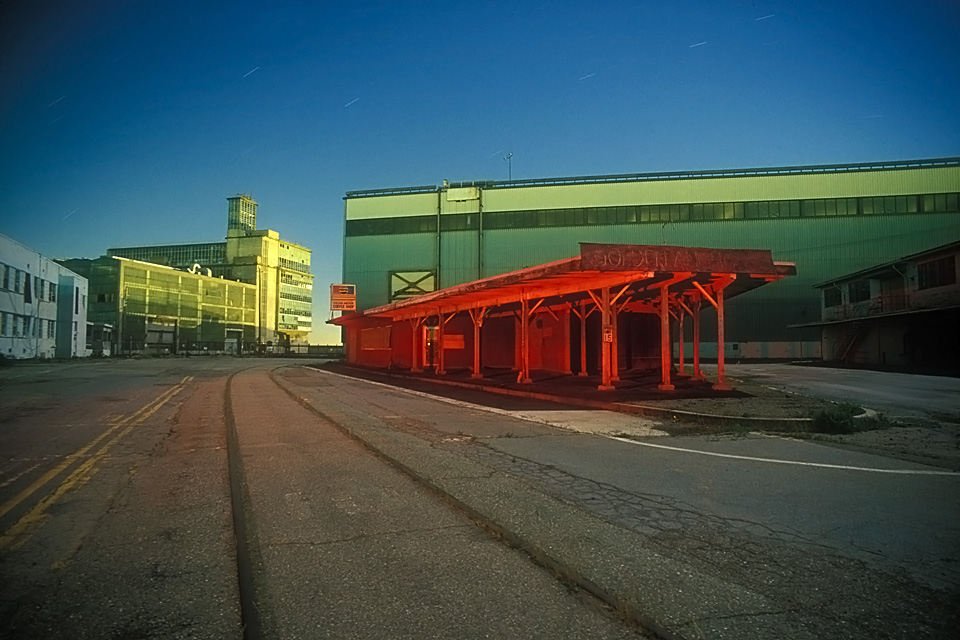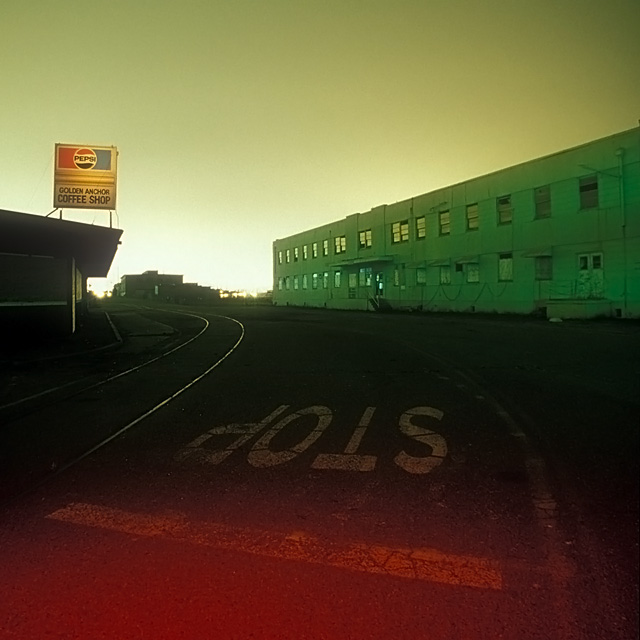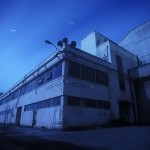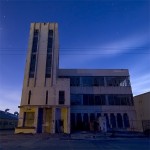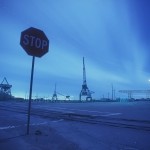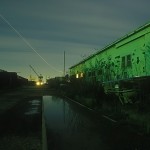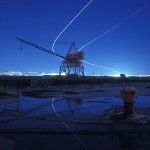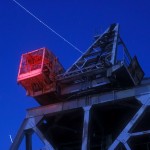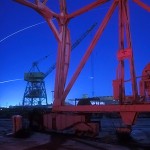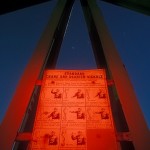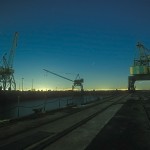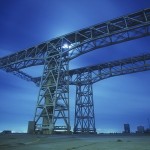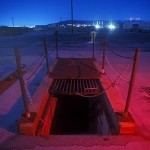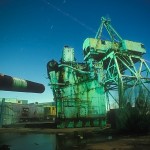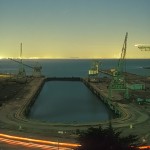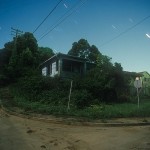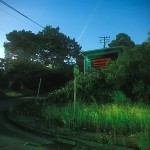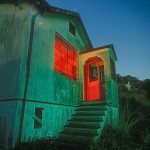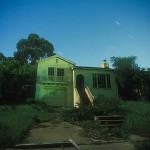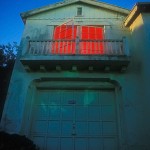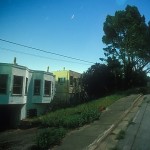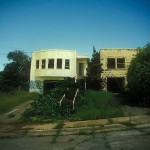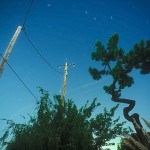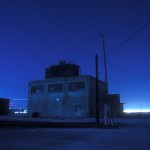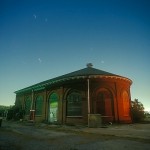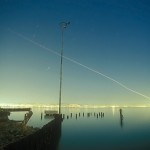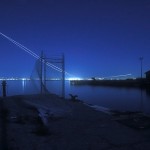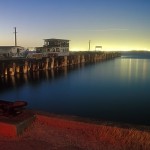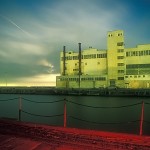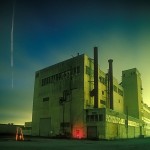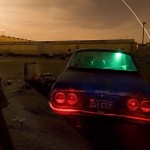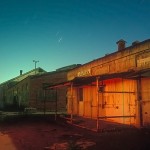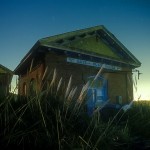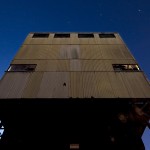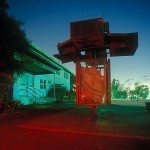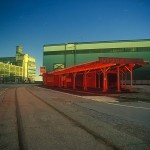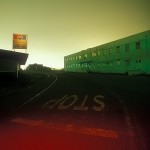In 2004, I was granted night access to the long forgotten and neglected, Hunters Point, Naval Shipyard. Over the course of 5 consecutive full moons I photographed in every corner of the nearly 500 acre facility.
The Hunters Point Shipyard opened commercially in 1867 with the construction of the West Coast’s first permanent dry dock. At the time, it was one of the world’s largest. In the first half of the 20th century, San Francisco basked in its heyday as the busiest port on the West Coast, and the Point was its busiest repair facility.
Within weeks of the 1941 attack on Pearl Harbor, the entire shipyard was seized by the Navy. The War Department transformed Hunters Point into a vital repair base during WWII. At its peak in 1945 over 18,000 workers were employed there. The postwar years saw the creation of the Naval Radiological Defense Laboratory (NRDL) who’s first responsibility was the study and decontamination of ships used in the nuclear weapons tests at the Bikini Atoll. The NRDL also built a cyclotron “atom-smasher” at Hunters Point and conducted top-secret research on the effects of radioactive fallout on humans and animals. Between the slipshod documentation of the NRDL’s dirty playthings and the other unknown contaminants from the day-to-day operation of a major shipyard, no one really knows the extent of the toxic mess left buried on the isolated south side of the base. The NRDL was shut down in 1969, and in 1974, the Navy decommissioned the entire base. Most of the area has remained uninhabited and inhospitable ever since.
The stories of widespread radioactive contamination, its location in one of the most crime-ridden neighborhoods in San Francisco and its high fences and locked gates have conspired to keep the base out of the public eye for decades. There are dozens of abandoned buildings: warehouses, offices and drydock pumphouses, some dating all the way back to 1870. These are some of the oldest buildings in San Francisco, just abandoned and forgotten. Giant gantry cranes loomed rusting, over the broken and flooded drydocks. On the hill above the dockyards stood a residential neighborhood. It was built in the 1920s and ’30s and seized by the Navy for officers housing during the war. When the base was decommissioned in 1974 the homes were abandoned. They stood empty and untouched for 30 years, slowly decaying in San Francisco’s foggy air. It looked like a post-apocalyptic movie set during the day, but alone at night, it was beyond surreal.
The entire relic strewn base is just minutes from the downtown of one of the west coast’s largest cities. Most of San Francisco’s citizens have no idea of The Point’s checkered past and toxic legacy. Many don’t know it even exists.
In the seven years since shooting this work, the cranes were scrapped and the entire residential neighborhood and officer’s club on the hill were razed. Even the trees and streets were bulldozed. The site is still awaiting better economic times for new construction, but there are large sections of the base so dirty, they will never see redevelopment in our lifetimes.

